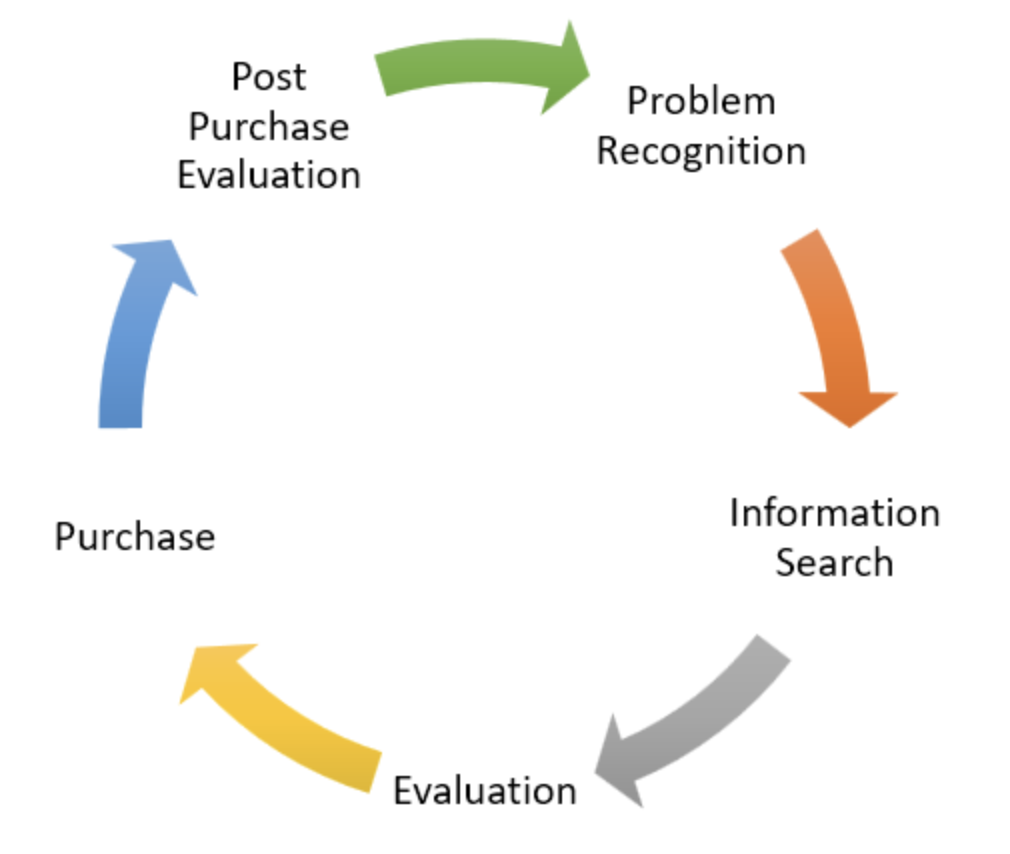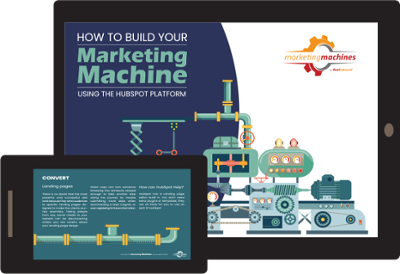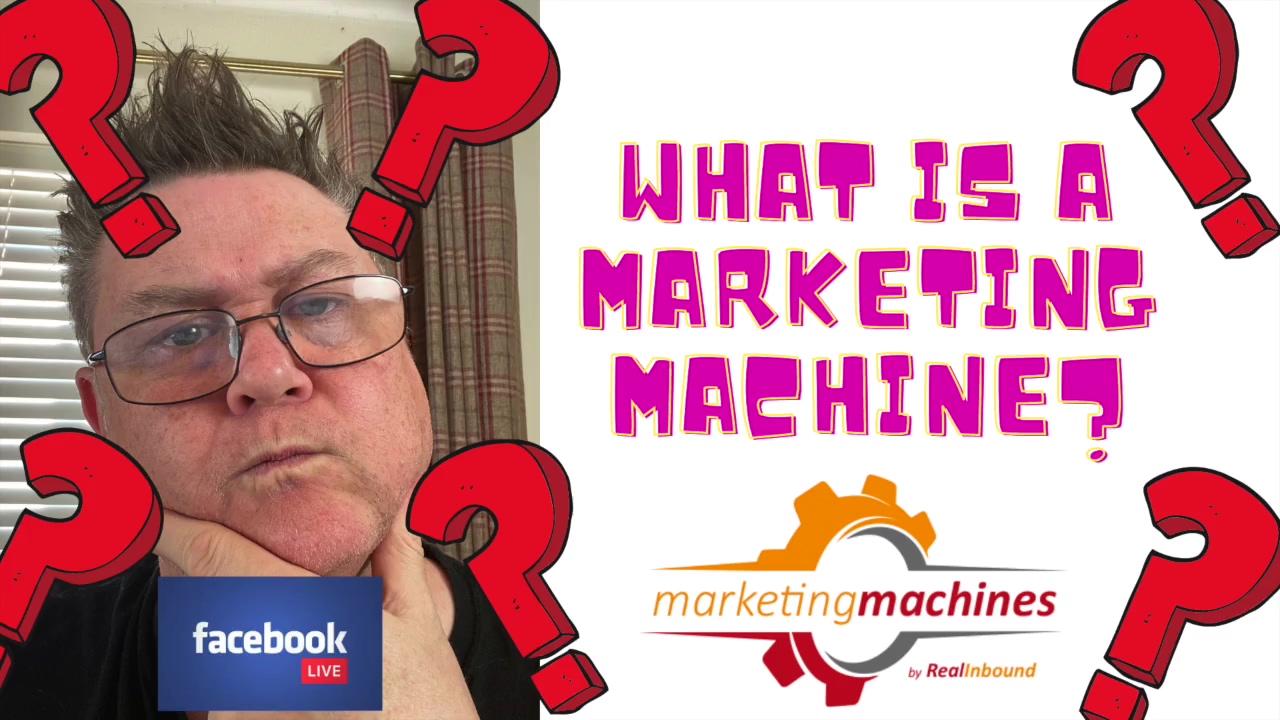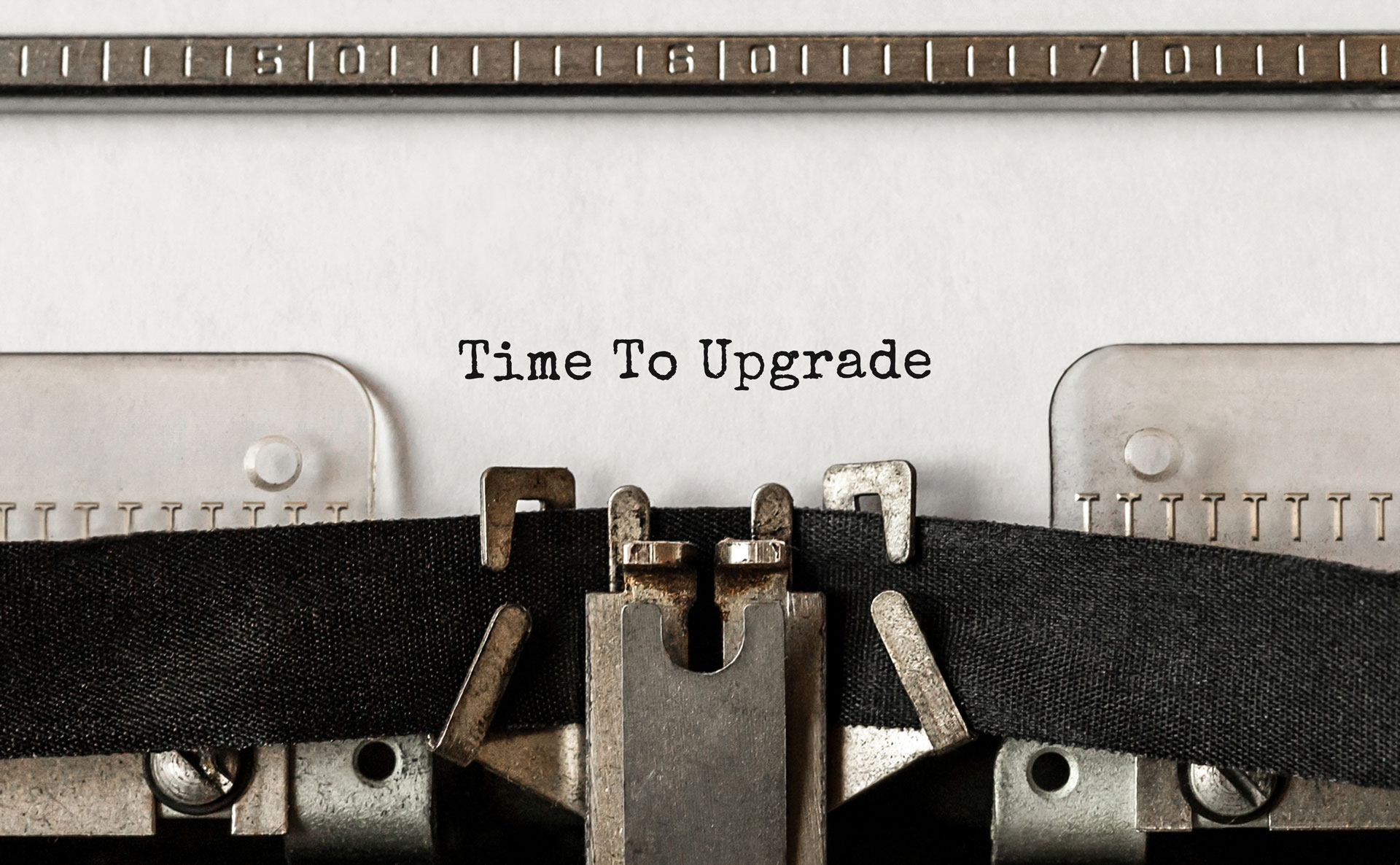In this weeks video co-founder of Real Inbound, Tony Dowling, discussed the buyer journey. Its the sort of thing we hear lots about, and talk about every day. But we wondered if everyone really understands this marketing jargon, and how useful it can be to marketers (and sales people) when it comes to building strategy.
According to HubSpot there are 4 stages
HubSpot talk at length about the journey, and rightly place it at the top of the marketing objectives pile. Understanding the persona of the people buying from you comes in first, and then understanding the route that person takes to purchase a close second.
There 4 stages are:
Awareness
This is the stage a buyer is at before they really realise they have a problem, through to understanding the problem they have, and deciding on the ways they might look to resolve that problem.
Awareness is about the awareness of the buyer that they have a need for something rather than their awareness of you as a brand and your ability to solve that problem.
Consideration
During the consideration phase, the potential buyer is now looking in earnest at the potential solutions to the problem. Whether something needs to be bought, or if there are other ways to solve their problem. They are also beginning the process of narrowing the choices down to the short list.
Decision
As the name implies, this is the stage where the final decision on the purchase is made. What will be bought, how much will be paid for it, and who will the purchase be carried out with.
It's worth noting that this process is undertaken by everyone buying any product or service. For larger, high involvement purchases the process is clearly delineated, and it can take even several weeks to complete.
For small or low involvement purchases the process is much faster, and you might even observe that the processes are so close together that it's hard to see the different stages.
Delight
The final stage of the buying journey is the 'after sales' part. Modern companies with a big focus on customer services know that fans of their products or services are potential advocates. And in the online world no one buys anything without checking out the reviews!
So a strategy aimed at making sure
your customers succeed and are highly delighted by you and your product or services is very sensible indeed.
Consumer Buying Behaviour
There has been a lot of study into buying journeys or 'behaviours' for the simple fact that the more we know about how someone makes buying decisions, the more we can understand and influence that process. While the 'HubSpot model' above will provide good insight in the majority of cases, its worth looking into the journey in a little more detail too.
Consumer buying behaviour is usually broken down into these 5 stages.
Problem Recognition
This refers to the triggering event that usually acts as the catalyst for a purchase. This trigger can include everything from the hunger pangs that proceed the purchase of a snack or meal, through to a new job that might cause us to look to buy a new house!
Information Search
We all become mini experts prior to a purchase, especially if its a high involvement purchase. Think of all that now useless stuff you know about laptops or the school system in the area where you now live. its totally natural for us to look for insight about something before 'jumping in' and clearly the internet supercharges this part of the journey for most people.
Evaluation
Once we have that information, and after the first stage of information acquisition, we spend time evaluating the potential products or services we are looking at buying. This is obviously where the extremely popular 'review sites' also come in, as well as peer to peer reviews from friends and family. Its very rare for someone not to check the reviews on something before purchase these days, which is why sites like Trustpilot and even Google Reviews are such big business.
Purchase
The actual purchase decision is then made, based on the information we searched to solve the problem we identified and after we have evaluated all the options. This makes perfect sense and lets us see that helping our clients and potential clients through these stages with valuable content and information can place us high up the list of alternatives.
Post Purchase Evaluation
Once we have bought it, the normal thing to do is then evaluate how good the purchase was in terms of solving that problem we had previously identified. We know dissatisfied customers tell more people about their negative experience than positive do about their positive experience. So it's really important to not just know what people are saying, but have the ability to manage their evaluation as much as possible.
This is why canny companies these days are investing in customer success and service teams and even 'social listening' to try and intercept issues before they become negative stories causing the brand damage.
We hope you enjoy the video version of this blog, and the brief description of the Customer Buying Journey, and we hope it's given you some insight to how understanding the journey can help you put your strategies together to be more effective.
We love talking to you about this stuff, so please feel free to get in touch with any questions you might have and we'll do out best to help!






